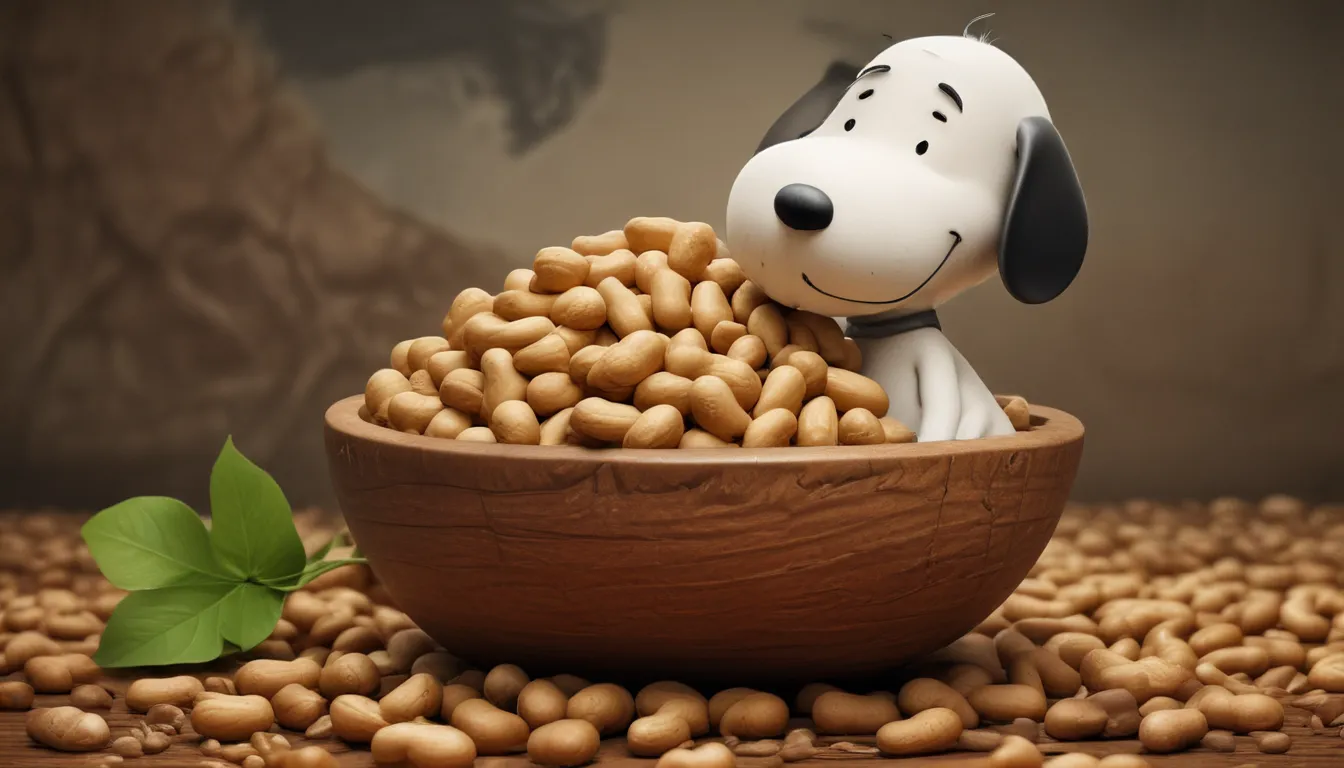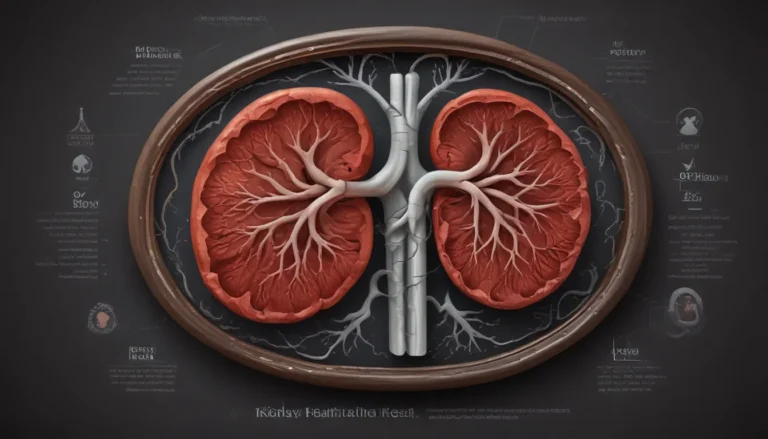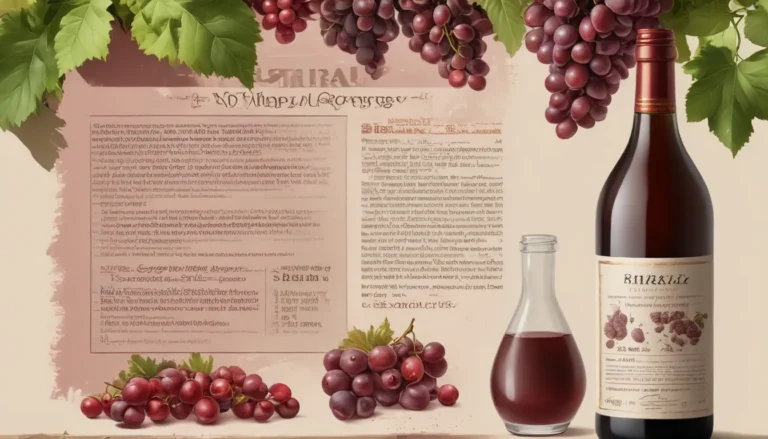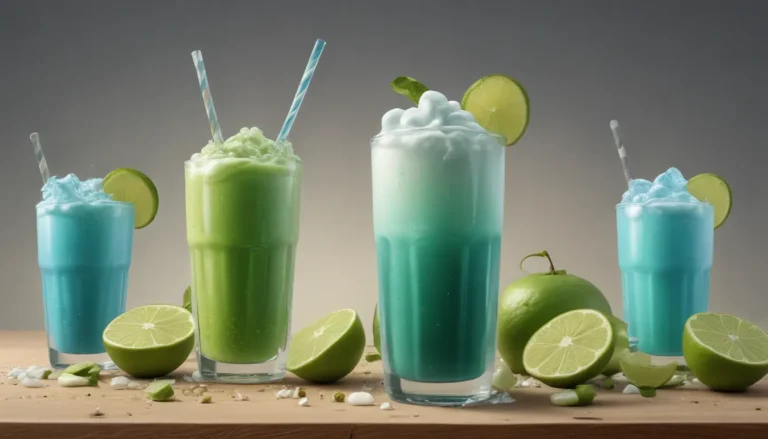The pictures in our articles might not always show exactly what the text is talking about. We use these images to make the article more interesting and eye-catching. They are there to add to the text, but not to replace it or show every detail.
If you're a fan of peanuts, you're not alone. These versatile snacks can be found in many forms, from shelled to processed, and are enjoyed by people all over the world. But have you ever wondered where peanuts actually come from? Let's take a closer look at the origins of this beloved legume and how it has become a staple in our diets.
Peanuts’ South American Roots
Peanuts are actually native to South America, where they have been cultivated for thousands of years. The peanuts we enjoy today are the seeds of the peanut plant, known scientifically as Arachis hypogaea. Interestingly, the Inca people considered peanuts a sacred plant and used them as offerings to the gods. They also believed that only women should handle the plants, as they thought men would hamper seed production.
When European colonizers arrived in the Americas, they brought peanuts back to Europe and Africa, where they became widely grown and popular. Peanuts gained particular prominence in Africa and eventually made their way to America. During the Civil War, peanuts became a valuable source of nutrition due to their ease of cultivation, leading to their widespread consumption. They also gained popularity in circuses, further solidifying their place in American culture.
Today, peanuts are grown and enjoyed all over the world, with new and delicious ways to enjoy them constantly being discovered.
Peanuts: Legumes, Not Nuts!
Contrary to popular belief, peanuts are not actually nuts at all. They are classified as legumes, making them more closely related to beans, peas, and soy than to true nuts like acorns or hazelnuts. In fact, many of the so-called "nuts" we enjoy, such as cashews, almonds, and walnuts, are not nuts botanically speaking. They are drupes, which are singular seeds of fleshy fruit and are more closely related to cherries and coconuts than to true nuts.
Most of the "nuts" we consume are classified as "tree nuts," which include true nuts like acorns. Peanuts, on the other hand, are not tree nuts due to their classification as legumes. This distinction sets peanuts apart from other common nuts we eat.
Underground Bounty: How Peanuts Grow
Peanuts, as legumes, grow in a unique way compared to other plants. Unlike above-ground legume pods, peanut pods grow underground, making them stand out among legumes. This growing method also sets peanuts apart from classic tree nuts like almonds and cashews.
Peanut plants thrive in tropical climates but can also be grown in temperate regions as long as frost is avoided. They are adaptable to a variety of soil types, but experts recommend slightly acidic sandy or loamy soil for optimal growth. When it's time to harvest peanuts, the plants are uprooted, and the pods are removed, cleaned, and boiled in saline water for flavor. The processed peanuts are then sold either shelled or unshelled and are used in various ways, from snacking to cooking.
Did you know that peanuts have a fun nickname, "goobers"? If you're a fan of SpongeBob SquarePants, you might have noticed the peanut theme in the "Goofy Goober" song!
The Many Delicious Ways to Enjoy Peanuts
Peanuts can be enjoyed in a myriad of ways, from the shell to processed forms like peanut butter. Shelled peanuts are often boiled in saline water for flavor and can be eaten as is or used as a topping for various dishes. Planters offers a variety of flavored peanuts, including honey and sugar-coated options, for those looking for a twist on this classic snack.
Peanuts removed from their shells can be crushed and used in baking, as a topping for desserts, or enjoyed in forms like peanut butter. Peanut butter, a beloved favorite, can be used as a spread on bread, in pastries, or as a flavoring in sweets like donuts and cakes. The versatility of peanuts makes them a great addition to many dishes and snacks, adding a nutty flavor and a touch of crunch.
Conclusion: Let’s Talk Peanuts!
In conclusion, the humble peanut has a fascinating history that traces back to South America, where it was a sacred plant and enjoyed for its nutritional value. Despite not being a true nut, peanuts have carved out a unique place in our diets as a versatile and delicious snack. From their underground growth to their various culinary uses, peanuts continue to be a beloved ingredient enjoyed by people all over the world.
So, next time you reach for a handful of peanuts or spread some peanut butter on your toast, remember the journey these legumes have taken to land on your plate. Whether you're a fan of traditional shelled peanuts or prefer the creamy goodness of peanut butter, there's no denying the undeniable appeal of this nutty treat.
Are you interested in learning more fun facts and valuable insights about foods like peanuts? Keep exploring our site for trustworthy and engaging content created by users like you. Dive into the world of culinary delights with us and discover new tidbits about your favorite foods. Join us in our commitment to providing top-notch content that is both fascinating and reliable.






